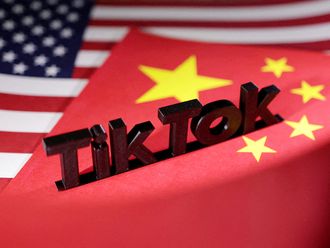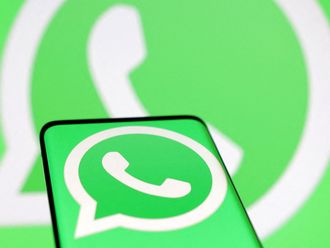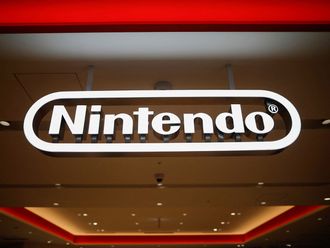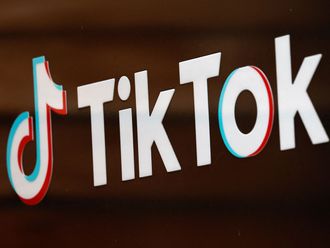Well, if we are to believe a few seemingly ‘incredible’ statistics furnished by some of the world’s most credible sources, then the answer should be ‘not so effective’.
For example, according to DoubleClick, less than one person in a thousand clicks on a standard banner ad and according to a ‘Wall Street Journal’ article over half the display ads paid for by marketers remain unviewed.
Add to those the fact that only 44 per cent of traffic on the web is human (source: Incapsula) and you start getting the feeling that digital effectiveness is something more akin to a ghostly mirage rather than money in the bank for marketers and their brands.
Come to think of it, I am growing increasingly irked with the constant bombardment of programmatic banner ads on ‘5-star hotels in Greece’ begging me to click on them when browsing various websites simply because the day before I was researching hotels for my summer vacation.
In fact, according to an article in ‘Campaign’, the number of people using ad-blocking software rose 70 per cent last year, suggesting a potentially worrying situation for media owners and their advertisers.
But why is that surprising? People have always been annoyed by advertising and they will continue to be whatever the medium. In the first days of radio and then television, advertising ruled the waves due to lack of compelling content and the absence of technologies such as the remote control.
Certain black-and-white detergent TV commercials are still legendary today due to the fact that my generation grew up watching them as we were unable to fight back. Today’s generations use the power technology bestows upon it to deflect, ignore or completely blackout such nuisance.
Here are some more interesting statistics for you. E-commerce in 2014 accounted for 6.5 per cent of total US retail sales according to a February 2015 US Department of Commerce report. According to a Nielsen Total Audience Report, 96 per cent of video viewing is currently done on a television, while 4 per cent is done on a web device.
These numbers present us with an oxymoron largely because the advertising industry has been conditioning marketers and brand managers to funnel disproportionately high portions of their dollar spend on digital channels.
For instance, Yahoo itself admits that one bot-net can generate 1 billion fraudulent digital ad impressions a day. Yet, It’s no secret that spending on digital advertising is on the rise.
In 2014, it accounted for 24 per cent of total ad activity in the US market, according to Forrester Research, and will overtake television in 2016. And while just less than 1 per cent of retail buying is done on a mobile device, retailers are investing heavily to set up mobile e-shopping platforms.
If advertising is the art of selling dreams, then this must be advertising at its best, for one can’t help but ponder on the paradoxes presented through these conflicting numbers and the inflated dreams they are selling to advertisers in regards to the promised digiland, because according to ‘Adweek’ magazine, half of all US online advertising — $10 billion a year — may be lost to fraud.
As a PR man, I have grown fond of digital and I am also a great believer in the power of social media despite the fact that the rate of engagement among a brand’s fans with a Facebook post is 7 in 10,000. For Twitter it is 3 in 10,000.
Yet, in order to fully harness the power of online and optimise its virtues, advertisers and marketers need to better understand their consumers and give them what they really want, not what they think they want.
And don’t tell me that the recent fad of the onslaught of voice automated advertising messages I receive on my phone is the answer to consumer loyalty.
The writer is Head of PR and Social Media at Al-Futtaim Group.











